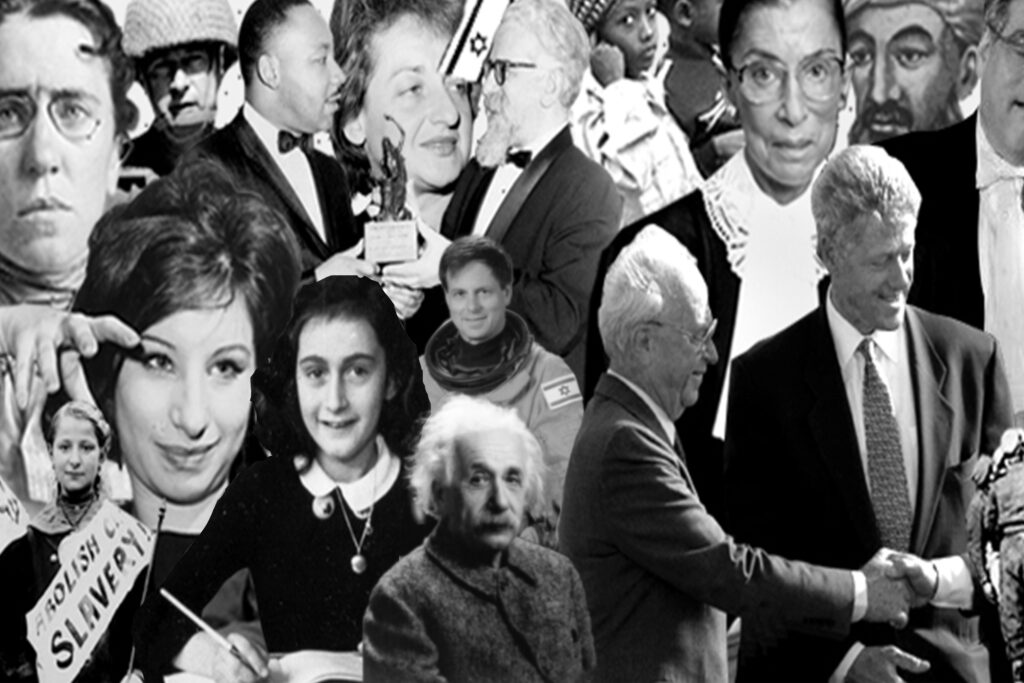Simon Wiesenthal, head of the Nazi documentation center in Vienna, said here in interviews during his visit to South Africa that Jews had concentrated too much on the Jewish victims of Nazism, over looking the millions of non-Jewish victims whose deaths strengthened the Jewish case for justice and restitution. “We made a mistake in talking only of the six million Jewish victims,” he said. “In doing that, we allowed the world to forget that there were also five million non-Jewish victims.” The Nazi-hunter stated that as a result “many gentiles now think of the Nazi murders” as a Jewish matter which doesn’t concern them.
Wiesenthal said that Jews should have “impressed on the world that the Nazis deliberately and cold-bloodedly killed 11 million people, of whom six million were Jews. Then it would still be a matter of world concern to hunt down the surviving Nazi criminals and bring them to book.”
Wiesenthal said there are currently many Nazis in Latin American countries and in Egypt. They had changed their names and disguised their identities; in Egypt many had even become Moslems. Some were, he said, wealthy and well-connected–and they still practiced anti-Semitism. He expressed skepticism that wanted Nazis are living in South American jungle hide-outs. The Nazis in South America, he said, usually live in comfortable circumstances and were on good terms with the local police.
Wiesenthal addressed a number of meetings here, including a meeting of the Johannesburg Bar Council and a dinner convened by the South African Yad Vashem to raise funds for the Yad Vashem in Jerusalem.

Help ensure Jewish news remains accessible to all. Your donation to the Jewish Telegraphic Agency powers the trusted journalism that has connected Jewish communities worldwide for more than 100 years. With your help, JTA can continue to deliver vital news and insights. Donate today.
The Archive of the Jewish Telegraphic Agency includes articles published from 1923 to 2008. Archive stories reflect the journalistic standards and practices of the time they were published.



